
[caption id="TheEnchantedPalaceMaidsofHonourandCanalBoats_img1" align="aligncenter" width="323"]

ANYONE WHO WANTS to get down and dirty with history, particularly the family variety, knows that at some point they’ll have to brave the National Archives. I’ve long wanted a nose around but several things put me off, not least the fact that it’s out in Kew, on the far western reaches of the ponderously long District Line—a charming place, but an age to get to. I assumed I’d need an appointment, and that I’d have to know exactly what I wanted when I got there. I’d even heard rumor it was “miles away” from the tube. But a pal of mine, Jess, who’s a researcher there, told me in no uncertain terms, to stop being a wimp and lured me across to the leafy lands of Suburbia with the promise of being able to sink my teeth into a Maid of Honour afterwards.
[caption id="TheEnchantedPalaceMaidsofHonourandCanalBoats_img2" align="aligncenter" width="1024"]
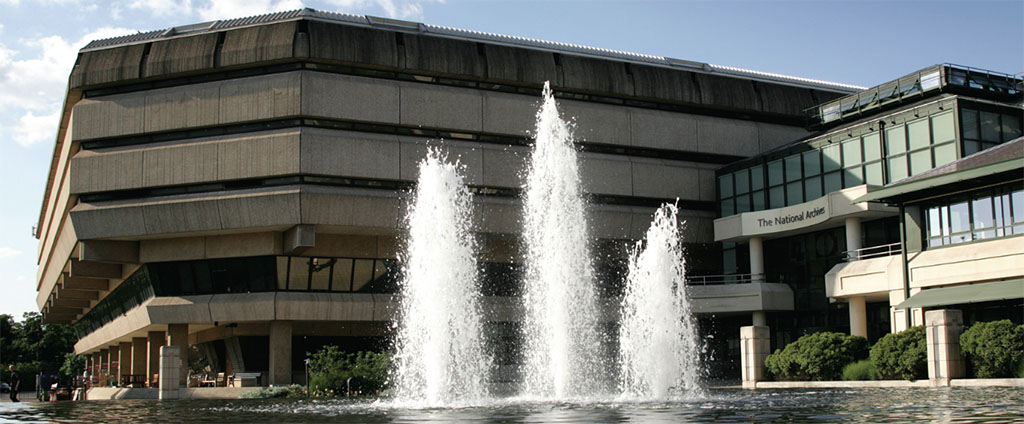
COURTESY OF THE NATIONAL ARCHIVES
Kew tube station is as cute as a button, built to serve the fabulous Botanic Gardens The route to the archives is in the other direction though, and I joined the steady flow of people in “sensible” clothes and the odd professor type in tweeds and bow tie heading in a determined manner through a series of residential backstreets.
The building is impressive. Jess tells me that the sleek modern architecture, surrounded, moat-like, by a lake, is an academic iceberg, with far more underground than on top. Much information is digitised these days, but you can still order up original documents from the bowels of the building if you need to. A word to the wise—ignore anything on the website saying you don’t need a reader’s ticket if you don’t want original documents. There are entire floors that won’t allow you in without a reader’s ticket, because there are originals mixed in with copies. Take the pain. Bring the correct documents (listed on the website) and queue for a ticket.
These days, researching family history is such a popular issue that the archives can sometimes feel like they’re only geared up to genealogy. There are leaflets agog about how to find Great Uncle Arthur who was in the submarine corps in WWI or Auntie Doris who was evacuated to Devon in 1939. For me, looking for more nebulous material, it was all a bit too “geneal,” but I defy anyone to get bored with rows of lovely historical records ranging from the Magna Carta to a Victorian street directory.
JESS AND I made a break in the day’s archivery for a mini-adventure. We had heard of Maids of Honour, only available at a single tearoom in Kew, and we determined to find the little cakes that, according to legend, Henry VIII enjoyed so much he ordered the recipe to be kept locked in a chest at Richmond palace and its inventor imprisoned so he couldn’t recreate it for anyone else. Of course, it’s all guff, but Maids of Honour tartlets have actually been made for at least 300 years and the recipe is still claimed to be a secret. The Maids of Honour Tearoom is about as “classic English tea shop” as they come—complete with Windsor chairs, willow pattern crocks and more chintz than you can shake a feather duster at. The little bow-fronted windows are stuffed full with displays of fancy cakes and pies that look like plates from a Mrs. Beeton cookbook, but it was the Maids of Honour we’d come for so we ordered one each, with a pot of tea. Jess, whose husband is from the Middle East, tells me the little flaky pastry cases filled with a sweet cheese mixture are very close in texture and flavor to Arabian sweetmeats. We found them sweet, oily and with a delicate aroma, but very rich. Couldn’t eat more than half a dozen….
[caption id="TheEnchantedPalaceMaidsofHonourandCanalBoats_img3" align="aligncenter" width="723"]
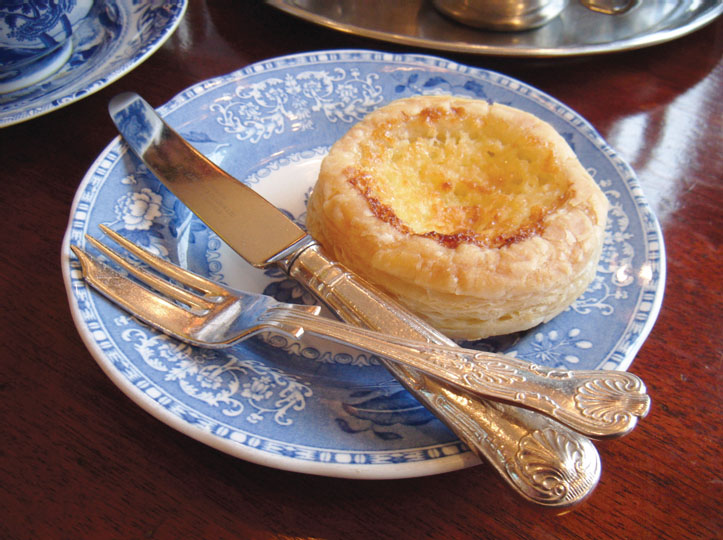
SANDRA LAWRENCE
MUCH IS IN FLUX in the UK just now, but it’s not all bad. We will have a lot to celebrate in 2012 especially, with the Olympics and the Diamond Jubilee of Queen Elizabeth II, and many of our buildings are being spruced up ready for the festivities. One institution having a serious makeover is Kensington Palace. It’s not before time; the place has looked tired for quite a while now and while not physically dusty, it certainly had an air of melancholy about it. Historic Royal Palaces was faced with a dilemma, though, when it decided to bite the renovatory bullet and bring the palace back to its former glory. Kensington Palace could either close entirely while they carried out works, show parts of the palace in a mess or do something really radical.
[caption id="TheEnchantedPalaceMaidsofHonourandCanalBoats_img4" align="aligncenter" width="621"]

RICHARD LEA-HAIR/NEWSTEAM.CO.UK
They decided to go down the radical route, and, in the process, have created something magical. Having removed many of the priceless artifacts and covered up much of the decoration for the restorers, they invited artists and designers such as Vivienne Westwood and Stephen Jones to collaborate with Wildworks, a radical performance group, to reinvent the space left. They created The Enchanted Palace, which tells the secret, alternative history of Kensington, centered around the often tragic princesses who have lived there. As the visitor goes in, they’re handed a curious map, as it’s up to each individual to find their way around a labyrinth of rooms, each stunningly beautiful in its own way, and each just a little unsettling. Actors, in the roles of archivists, reflect what’s really going on behind the scenes—and not all the stories about bizarre new discoveries are sheer invention. It’s a little bit Dennis Severs’ House, a little bit “Masque of the Red Death,” rather creepy and a whole lot of fun; and one of my favorite experiences of the year so far.
ONE OF THE PROBLEMS with eating in the West End is that there’s so much tourist tat to negotiate, and finding a midpriced restaurant around Covent Garden can be a bit of a headache. I’m guessing The Forge used to be an ecclesiastical building, perhaps a convent, before being turned into a rather beautiful restaurant in Garrick Street last year, but it bridges that price gap nicely. Its exposed brick walls and cozy lighting feel contemporary without losing the charm of the building’s roots. The main room is at street level so you can people-watch, yet the thick walls and gothic arched windows preserve a feel of exclusivity. As might be expected in such an area, the clientele is a mix of business people and pretheater diners, and the smattering of foreign visitors has an air of “traveler” rather than “tourist.”
The menu has a strongly French flavor, with classics such as frogs’ legs, cassoulet and foie gras, though it does venture into slightly less Gallic hamburgers. It’s not a place for vegetarians—several “vegetable” dishes include unannounced meat or fish. Happily, I like anchovies, and I wasn’t at all upset when I found some peeking through my Piedmontese peppers, though I’m not convinced they were necessary for the dish. Tony had better luck with his crispy duck and pork salad, which was very crispy indeed, well-flavored and about the right size. His rib-eye steak was also enjoyable, as was my roast halibut—juicy and succulent if a little fennel-heavy. But it’s the puds that would make me return—again, mainly French—Armanac crème brulee, crystallized prunes, tarte-tatin and souffle. I notice that all I’ve written next to my entry for treacle tart is “rich, wonderful, fabulous.” To add anything to that seems futile.
THIS MONTH’S CONTACTS
The National Archives
www.nationalarchives.gov.uk
Maids of Honour Tea Rooms
www.theoriginalmaidsofhonour.co.uk
The Enchanted Palace
www.hrp.org.uk/
The Forge Restaurant
www.theforgerestaurant.co.uk
Walker’s Quay Canal Boats
www.walkersquay.com
EVEN HAVING LIVED in London all my life, I still have yawning gaps in my knowledge of the Great Wen. Taking a narrow boat through the city’s urban canalways, one of the things that made London the great industrial hub it was, is one such gap. As London’s neglected waterways are spruced up for the Olympics, they will become better known, but for now, they’re still a relative secret, snaking their way quietly through backwaters that even Londoners don’t know. Walker’s Quay in Camden, swathed in fronds of weeping willow, is the departure point for boat rides along the Regent Canal.
One trip takes the waterway to Paddington, via London Zoo and Regents Park, but we took an even quieter route in the opposite direction, past sleeping warehouses and disused sidings, hippy communes and alternative arts projects, to King’s Cross Basin where a tiny canal-and-ice-cream museum (I know—you couldn’t make it up) hides from the world. These fragile reminders of a past city, both recent and ancient, are soon to be rudely awoken and turned into luxury flats and retail opportunities as the mighty King’s Cross development rumbles into full steam, but for now they are a little part of secret London. Highly recommended; see them while they’re still there.

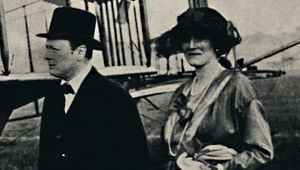
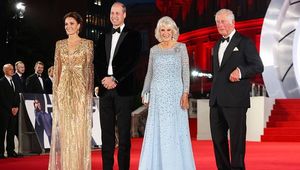
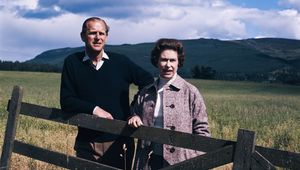

Comments